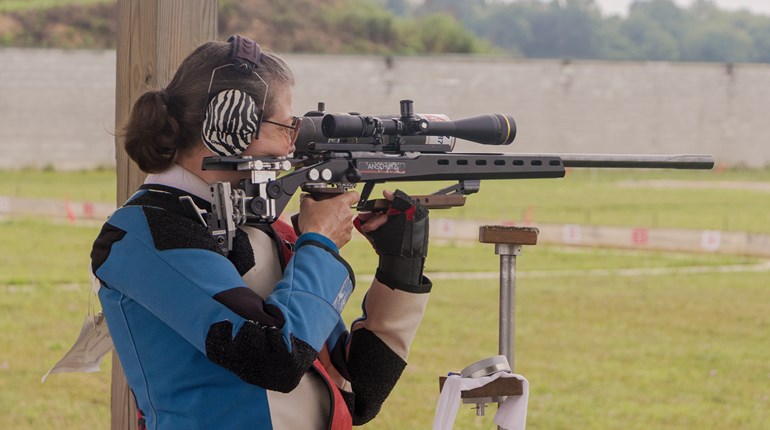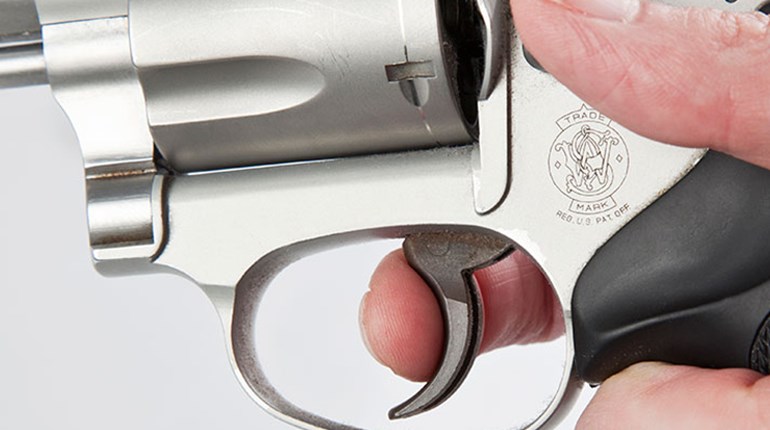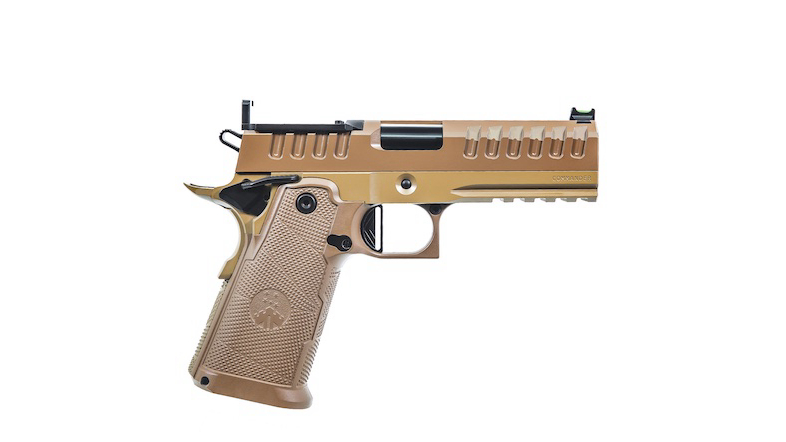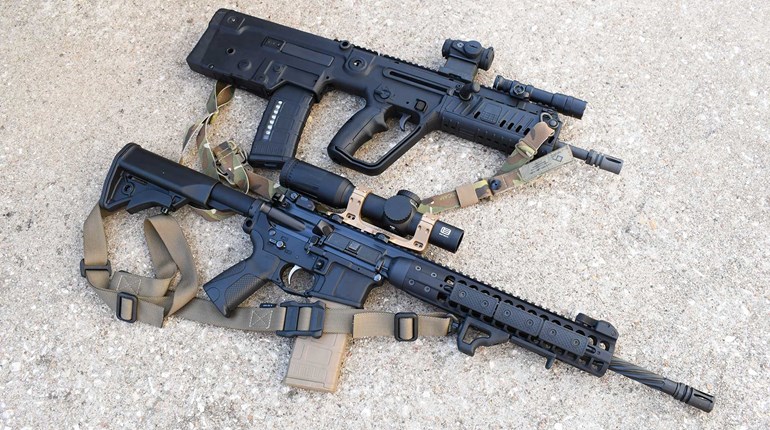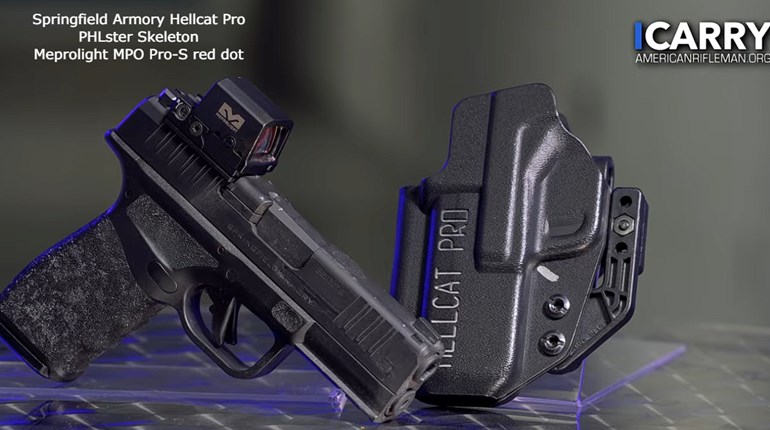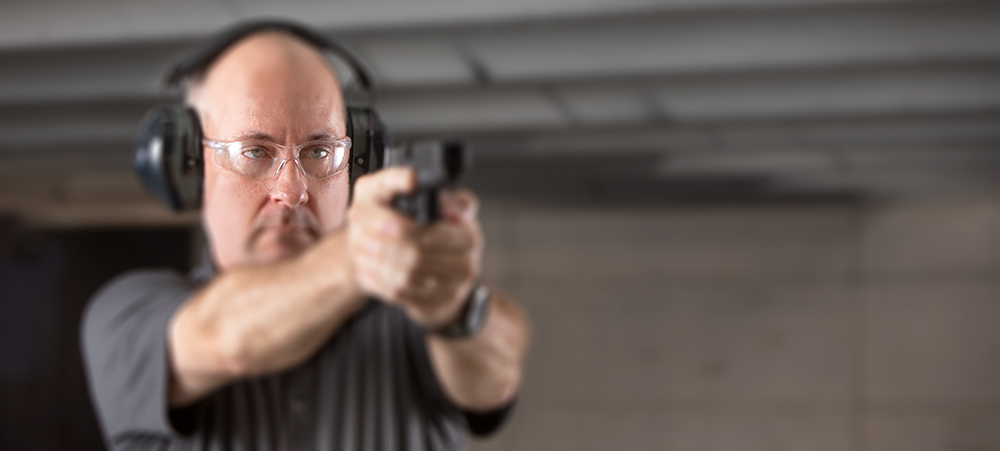
The late 14th century marked the beginning of a significant transformation in warfare with the introduction of firearms. The earliest recorded use of firearms in battle dates to 1364 during the Battle of Laupen in Switzerland. This period witnessed the first incidents where gunpowder-based weapons were used on the battlefield, representing a revolutionary shift from traditional melee weapons or swords, bows and crossbows.
By the early 16th century, battles such as Marignano (1515), Bicocca (1522), and Pavia (1525) were pivotal in demonstrating the increasing dominance of firearms in warfare. The Battle of Pavia was a turning point, where the Spanish forces' use of firearms contributed significantly to their victory over the French. It is traditionally ascribed as the first time in history that the speed and accuracy of firearms won a decisive victory.
The introduction and evolution of firearms from the late 14th to the early 16th century marked a significant shift in the nature of warfare. Initially used more for their psychological impact than battlefield effectiveness, firearms gradually became decisive tools of war, as seen in the early 16th-century battles between France and Spain. The psychological aspects included the mental (mind) impact of a high-velocity projectile and the visual flash (visual) and auditory boom (break) were unknown to humans prior. The lessons learned from experience during these early battles continue to influence both combat and competition shooting to this day.
Intentional Process
The formula for shooting well is to bring stability to alignment and press off the shot without disturbing that alignment. The subprocesses of this archetype formula include the mechanical, mental, visual and intentional processes, each of which is a study all on its own.
Most shooters have a functional understanding of the mechanics (gun handling), visual (irons versus optics) and mental (procedural), but few put warranted effort into the intentional process.
At the higher levels of performance, you should be able to move the gun rapidly between targets and make precision hits at lower time intervals. The anchor point of success to this is hidden in the intentional process.
The intentional process is simply a matter of intending for your shot to land exactly where you want it and maintaining that intention all the way through and during your breaking of the shot. Very simple to intend for something to happen but not as easy to hold that intention throughout the entire shooting process, especially under duress.
Mental Visual Break Process
As with all processes there is a step-by-step recommended procedure comprising the mental-visual-break process.
Step one is to have the intention to place the round exactly where you want it. For example, you’re standing at the 10-yard line, and you intend for that round to be placed in the visual center of that “A” box in the middle of your target. You have now created the intention to place the round where you want it.
Step two is to reach out with your mind and touch the target. Yes, grab a piece of that visual center of the target with your mind while maintaining your intention. The body cannot go where the mind has not been, so your mind must be there first. Steps 1 and 2 are the mental part of the process.
Step three is to grab the center of the target visually—that is, acquire visual control of the center of that target. Step three is the visual part of the process.
In step four, you establish stability of the muzzle by placing it in alignment with your intended landing spot.
Step five is to precisely press that trigger breaking the shot while maintaining, positive visual control of the visual center of the target while maintaining your intention to place the round exactly where you want it, without changing grip pressure. Steps four and five illustrate the break process. The mental-visual-break process, is easy to understand of course, but not as easy to perform – especially at reduced times and under significant accuracy requirements.
Layered Process Training
There is a secondary training consideration referencing the mental-visual-break process. The consideration is two different training approaches or methodologies.
One is for skills development and the other to develop your performance.
Training for skills development is where individual skills can be isolated and broken down to their subcomponent parts. For example, a trigger press is part of a pistol presentation. Isolating just the trigger press helps to develop skill at a higher control level, and you may run a series of trigger-manipulation drills. Each drill, one at a time, is working only on the precision of the press itself.
Training for performance of those skills is a different animal. Here you are combining Skill A with Skill B and possibly with Skill C. By switching from an isolated skill drill to task-stacking subset skills to deliver performance under time pressure, you have introduced the additional component of continuity between the isolated tasks (skill drills). It’s a real thing and requires as much if not more work effort as the individual skills.
Gaining proficiency in the mental process, the visual process and then breaking the round without breaking the other processes in an unimpeded flow, is both an art and a science. Training each task individually and then together as a complete skillset is what brings the seasoned shooter closer to consistent on-demand performance.













